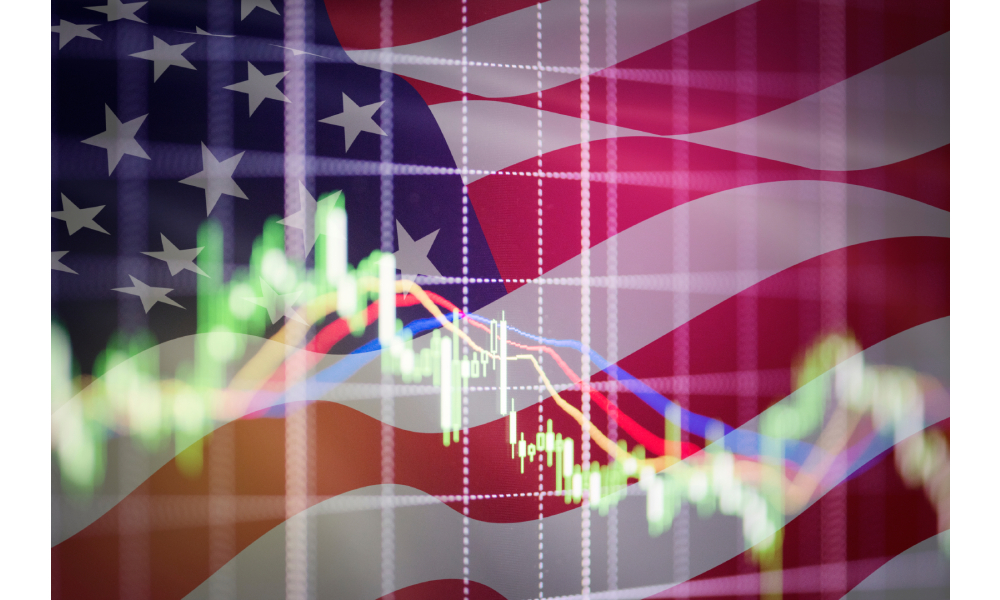The U.S. economy continues to grapple with mounting uncertainty driven by new tariffs and shifting policy decisions, according to National Retail Federation (NRF) Chief Economist Jack Kleinhenz. In NRF’s latest Monthly Economic Review, Kleinhenz warned that “anxiety and confusion” are clouding economic forecasts even as fundamentals remain relatively strong.
“This year began with high expectations for the strength of the U.S. economy,” Kleinhenz said, noting strong 2.8% year-over-year growth in gross domestic product in 2024 that was led by consumer spending and helped by business and government spending. “Since then, anxiety and confusion have taken centre stage in the economy and financial markets as uncertainty over public policy has intensified. It was difficult to judge how policy changes would impact the economy in early 2025 and it remains so now.”
Kleinhenz pointed to a mix of signals: While GDP contracted by 0.5% in Q1 due to a spike in imports ahead of expected tariff hikes, core spending indicators remained resilient. Private final sales to domestic purchasers rose 1.9% year-on-year, signalling sustained consumer and business activity, albeit slower than the previous quarter’s 2.9%.
Retail also showed signs of strength. Core retail sales, excluding autos, gas, and restaurants, climbed 3.9% in May and mirrored that growth in the year-to-date. Inflation, as measured by the PCE Price Index, edged up to 2.3% in May from 2.1% in April.
Despite these encouraging indicators, the threat of sustained tariffs looms large. “If these tariff increases persist, they will seep into consumer prices, potentially slowing spending and pushing up unemployment,” Kleinhenz cautioned.

